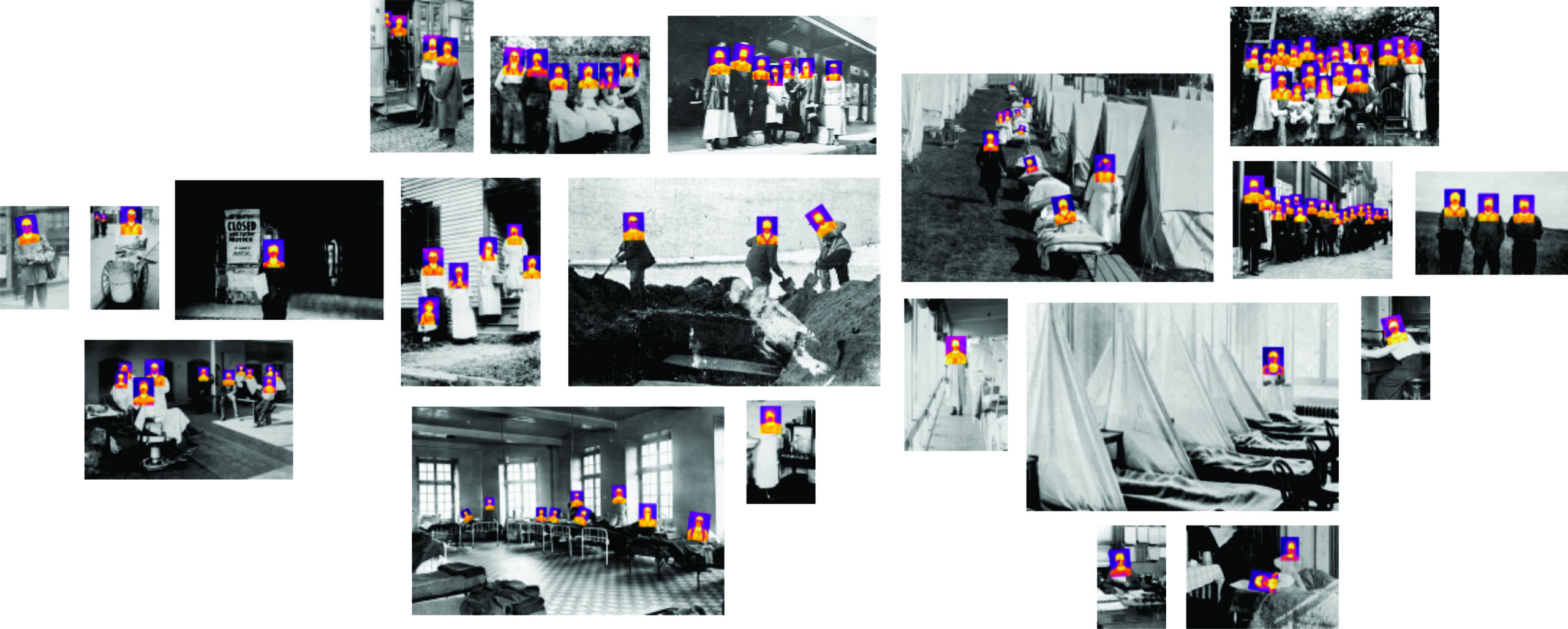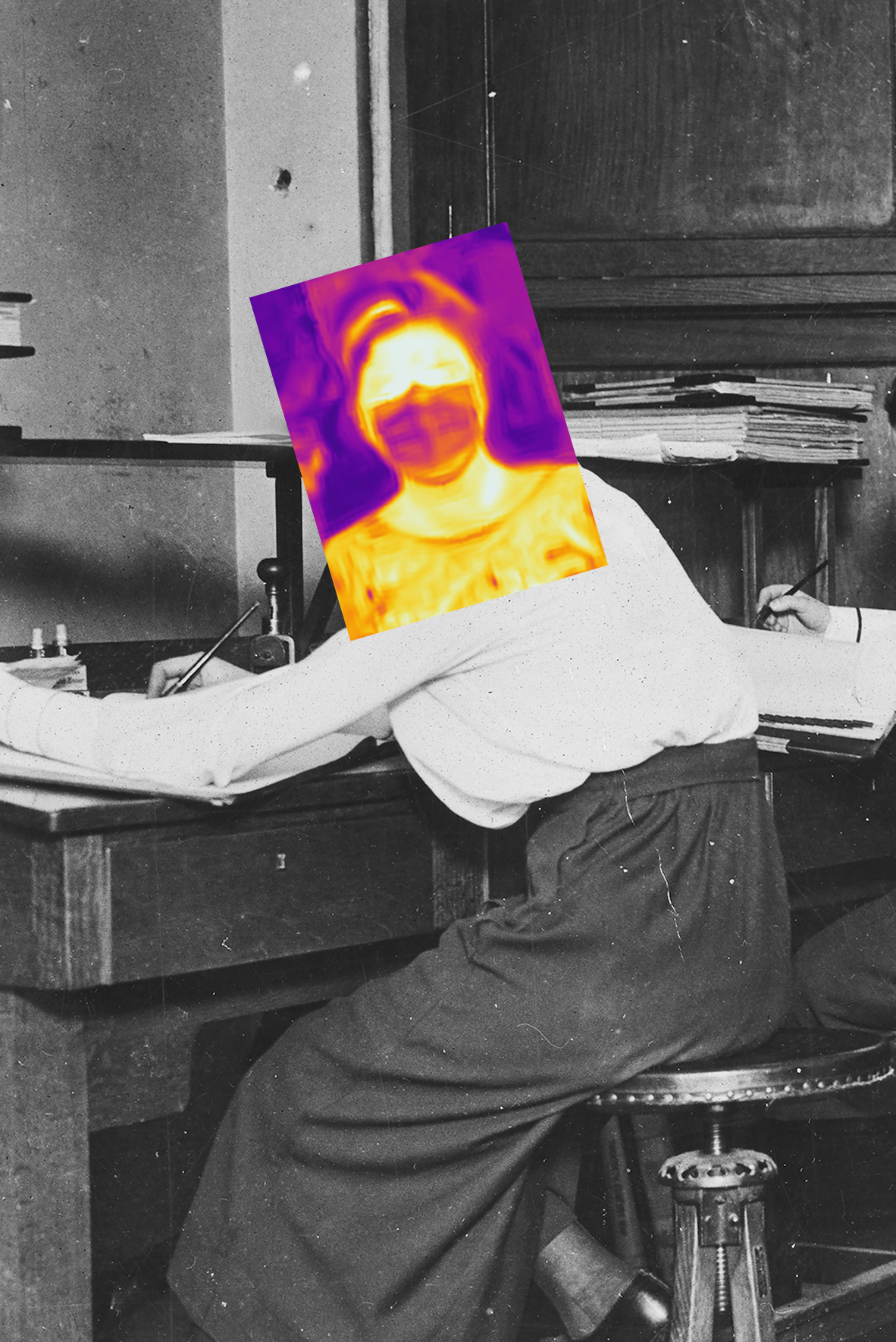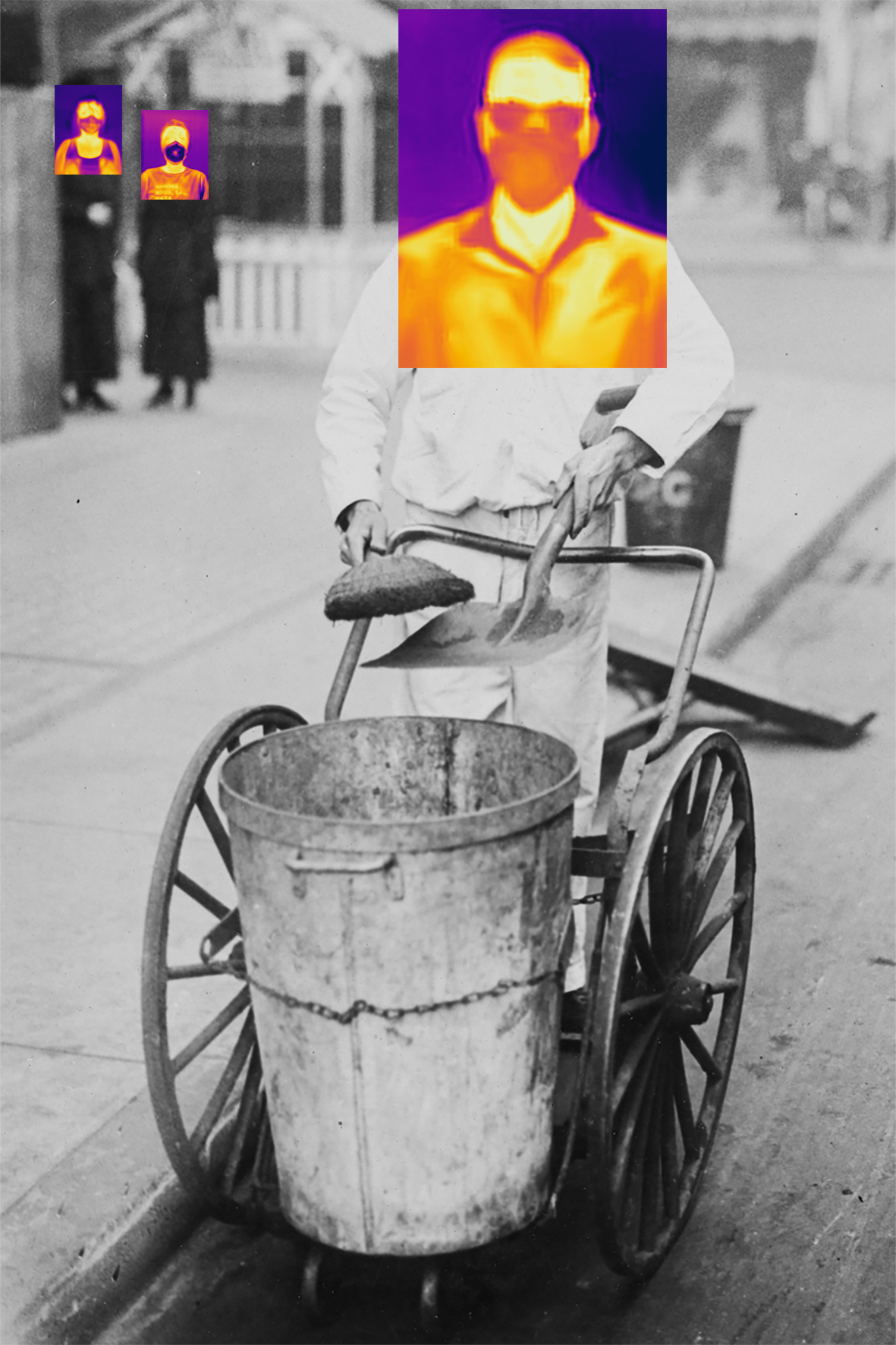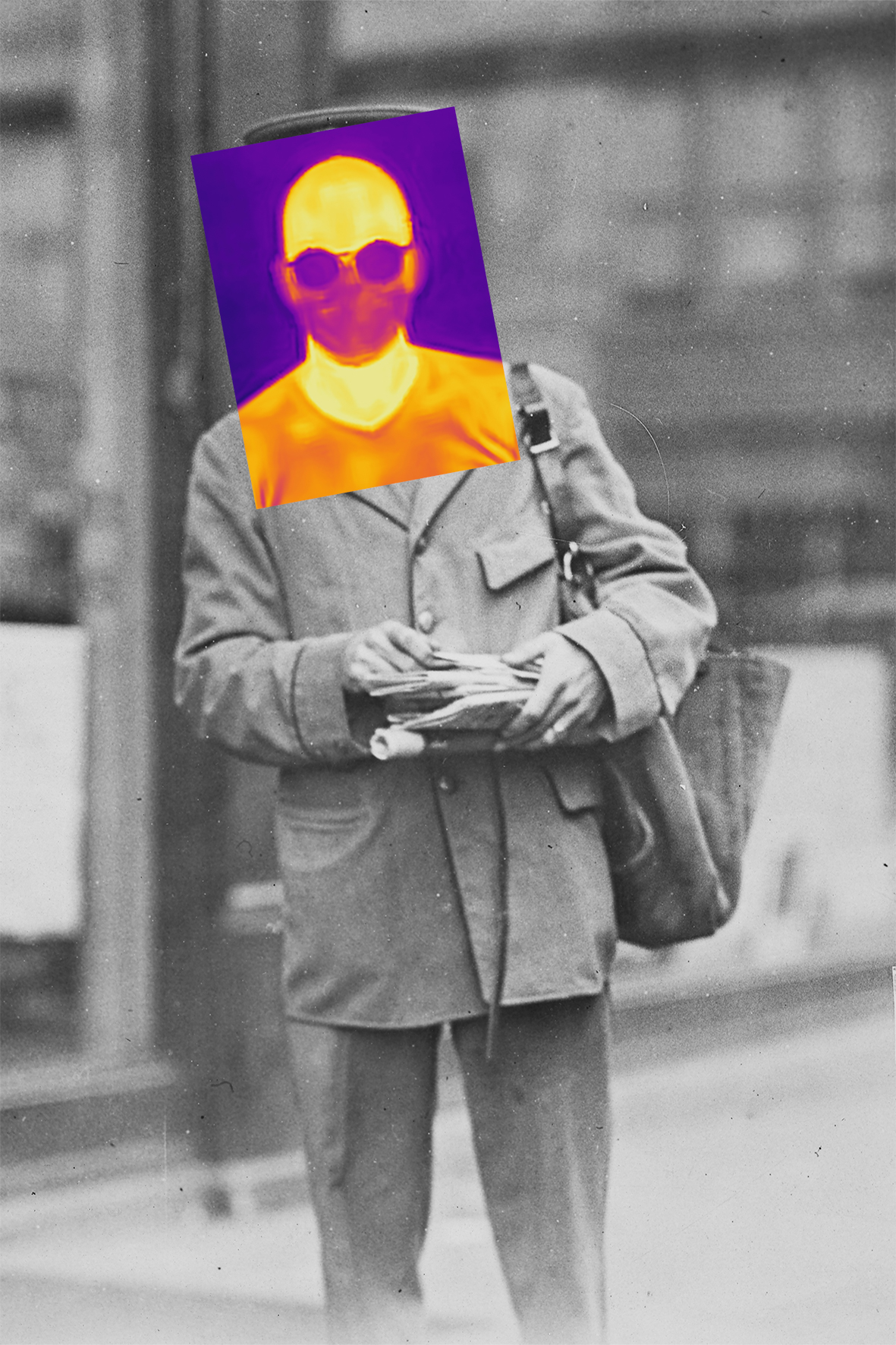esquecemos de aprender

Novamente postos a prova.
A história se repete. Ao invés de enfrentar esquecemos de aprender.
O que até então era tido como um evento longínquo, descrito em notícias esparsas, e por vezes desencontradas, como mais uma gripe, logo assumiu contornos de uma tragédia global.
A doença, cujo nome talvez venha do francês gripper, que significa “parar de funcionar” ¹, novamente, mas, como nunca, pôs em xeque o modelo dominante de humanidade. A maioria das pessoas se recolheu em busca da sobrevivência enquanto diversas outras seguiram. Sem direito de escolher.
Assim, numa perspectiva de mudança da noção de urgência, o tempo, considerado em sua dimensão relativa e psicológica, parou para muitos enquanto para outros se acelerou.
O vírus logo se alastrou ao redor do mundo, mantendo um ritmo alarmante de contágio e potencializado pelo modelo econômico predominante, baseado no “progresso”. Direta ou indiretamente, a população mundial vivencia em alguma medida os impactos arrasadores de mais uma pandemia.
Em contraponto à gravidade dos fatos, experimenta-se um período de contestação sistêmica da ciência em que a todo momento surgem mais e mais soluções “milagrosas”. Sobretudo oficialmente, buscam-se atalhos para lidar com a situação, os problemas são negados e a vida relativizada em prol do desenvolvimento econômico.
Postos em grau ilusório de igualdade, seja em recorte local ou global, as parcelas específicas da população foram afetadas de maneira desproporcional, umas muito mais do que outras. A explosão populacional humana nos últimos duzentos anos não foi resultado do aumento das taxas de fertlidade, mas sim da queda das taxas de mortalidade ³. A doença não distingue suas vítimas, as possibilidades de proteção sim.
Em sentido paralelo, esta série também pretende refletir sobre a lógica seletiva de documentação histórica, ancorada em estruturas de poder, em que diversas dimensões dos eventos vivenciados são destinadas ao apagamento.
Não à toa, as fotografias antigas, utilizadas como base no trabalho, mostram recortes específicos do norte global ocidental, não por um simples ato deliberado, mas, pela maior disponibilidade documental em relação a quaisquer outros locais do mundo.
Nesse contexto, em camada adicional, para além da referência ao estado de febre provocado pela doença, há o estado de febre provocado pelos discursos de poder que, no sentido amplo, apagam a história dos países colonizados e, no sentido específico do Brasil, estimula uma política febril de precarização da vida, apagando vidas. A utilização de fotografias termográficas, considerando as características técnicas e estéticas da imagem produzida, dilui o rosto, tornando a identificação impossível. Esse fato tem dois aspectos: por um lado exibe aquilo que nos faz vivo, a temperatura e, por outro, se inscreve como uma proposta de entendimento de equidade, uma utopia de amenização das estratificações raciais e fenotípicas, fazendo que todas as pessoas sejam, portanto, pessoas. Fato que conduz a uma reflexão acerca de representação e representatividade.
Choramos o mesmo choro, erramos os mesmos erros. Talvez, não apenas porignorar o passado na construção do presente, mas sim, pelo próprio passado que nos é dado a olhar.
Produzido no âmbito do distanciamento gerado pela pandemia de covid-19, “esquecemos de aprender”, muito mais do que apenas imagens, traz, a patir do paralelo com eventos passados, reflexões visuais sobre o momento atual e os possíveis caminhos de construção do futuro.
¹ SCHWARCZ, Lilia; STARLING, Heloísa. A Bailarina da morte / ² HAWKING, Stephen. Uma breve História do tempo / ³ DA VEIGA, José. O antropoceno e a ciência do sistema Terra.
Again put to the test.
History repeats itself. Instead of facing, we forget to learn.
What until then was seen as a distant event, described in scattered news, and sometimes mismatched, as yet another flu, soon took on the contours of a global tragedy.
The disease, whose name perhaps comes from the French gripper, which means “to stop working” ¹, again, but, as never before, it put in check the dominant model of humanity. Most people retreated in search of survival while several others followed. No right to choose.
Thus, in a perspective of changing the notion of urgency, time, considered in its relative and psychological dimension, stopped for many while for others it accelerated.
The virus soon spread around the world, maintaining an alarming rate of contagion and boosted by the prevailing economic model, based on “progress”. Directly or indirectly, the world's population is experiencing, to some extent, the devastating impacts of yet another pandemic.
In contrast to the seriousness of the facts, we are experiencing a period of systemic contestation of science in which more and more “miraculous” solutions emerge at all times. Especially officially, shortcuts are sought to deal with the situation, problems are denied and life is relativized in favor of economic development.
Positioned at an illusory level of equality, whether locally or globally, specific sections of the population were disproportionately affected, some much more than others. The human population explosion over the last two hundred years was not the result of rising fertility rates, but of falling death rates³. The disease does not distinguish its victims, the possibilities of protection do.
In a parallel sense, this series also intends to reflect on the selective logic of historical documentation, anchored in power structures, in which several dimensions of experienced events are destined to be erased.
Not by chance, the old photographs, used as a basis for the work, show specific cuts from the western global north, not by a simple deliberate act, but by the greater availability of documents in relation to any other places in the world.
In this context, in an additional layer, in addition to the reference to the state of fever caused by the disease, there is the state of fever caused by the discourses of power that, in a broad sense, erase the history of colonized countries and, in the specific sense of Brazil, stimulate a feverish policy of making life precarious, erasing lives. The use of thermographic photographs, considering the technical and aesthetic characteristics of the image produced, dilutes the face, making identification impossible. This fact has two aspects: on the one hand, it displays what makes us alive, the temperature, and, on the other, it is inscribed as a proposal for an understanding of equity, a utopia of mitigating racial and phenotypic stratifications, making all people be, therefore, people. This fact leads to a reflection on representation and representativeness.
We cry the same cry, we make the same mistakes. Perhaps, not just by ignoring the past in the construction of the present, but by the very past that we are given to look at.
Produced within the scope of the distance generated by the covid-19 pandemic, “we forget to learn”, much more than just images, it brings, from the parallel with past events, visual reflections on the current moment and the possible ways of building the future.
¹ SCHWARCZ, Lilia; STARLING, Heloisa. The Ballerina of Death / ² HAWKING, Stephen. A Brief History of Time / ³ DA VEIGA, José. The Anthropocene and Earth System Science.




